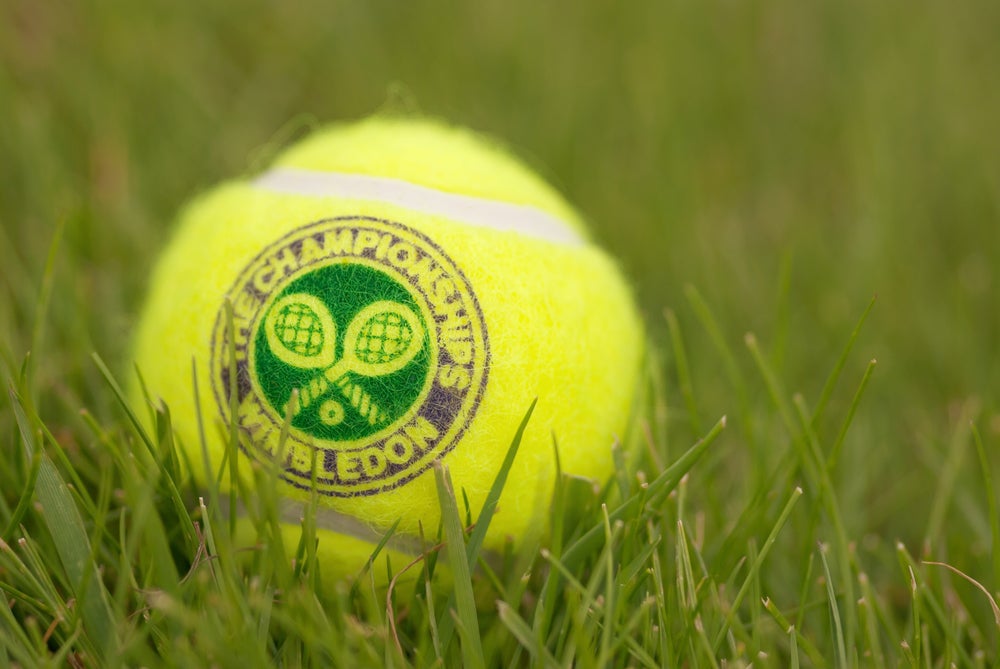Several players have raised concerns about Wimbledon’s electronic line-calling system, Hawk-Eye, in the inaugural year that line judges have been replaced.
Both British top-ranked players, Emma Raducanu and Jack Draper, have voiced scepticism regarding the system, following reported malfunctions during matches featuring Anastasia Pavlyuchenkova against Sonay Kartal, as well as Taylor Fritz versus Karen Khachanov.
Hawk-Eye has been used in sports since 2001, aiding officials in making close calls across cricket, football, rugby, and tennis. In tennis, Hawk-Eye is employed for electronic line calling and has been in use at Wimbledon since 2007. It has proven particularly beneficial due to the fast-paced nature of games, with serves that reach speeds up to 153 mph, a record set by Giovanni Mpetshi Perricard this year.
The system employs 12 cameras around the court, tracking the ball’s movement and using computers to analyse and interpret footage with automated voices announcing calls. This modern approach was adopted to stay abreast of technological advancements and to replace the approximately 300 line judges Wimbledon typically hires each year.
Previously, Hawk-Eye complemented the accuracy of line judges at Grand Slam events and major tennis tournaments, except for the French Open, also known as Roland-Garros, which is played on clay. Some believe the clay surface can disrupt Hawk-Eye’s precision, and as the ball leaves a visible mark where it lands, Hawk-Eye is deemed unnecessary.
Research has indicated that approximately 8.2% of line calls involving balls within 100mm of a court line may be incorrectly judged by human officials. Hawk-Eye’s accuracy generally boasts a margin of error around 3mm. However, these figures are just estimates, and accuracy can vary based on factors such as the ball’s speed. Hawk-Eye’s cameras can also only capture a certain number of images due to their frame rate.
Line judges or not, there are still errors
Additional issues beyond system distrust and genuine accuracy concerns have marred The Championships this year. During the match between Anastasia Pavlyuchenkova and Sonay Kartal, human error resulted in the system being deactivated. The All England Lawn Tennis Club issued apologies and has since eliminated the option to disable Hawk-Eye to prevent similar issues.
In the match between Taylor Fritz and Karen Khachanov, Fritz’s second serve was correctly returned by Khachanov, but the subsequent forehand was erroneously called out by the system, which mistook it for a serve. This led to the point being replayed. Despite this glitch, Fritz expressed a preference for using Hawk-Eye, stating that it eliminates the need to “think about challenging calls in the middle of points” and that it is “a better system.”
Hawk-Eye is not infallible
Other critics argue that Wimbledon, a tournament steeped in tradition with its all-white dress code, strawberries and cream, The Queue, and grass courts, should retain its line judges after 147 years of tenure. They contend that the entertainment value of players challenging calls and the subsequent reveal of the correct decision has been lost with the adoption of Hawk-Eye.
In conclusion, Wimbledon’s decision to eliminate line judges in favour of an entirely electronic system appears to have had its faults. The traditional role of line judges not only ensured accuracy but also added a layer of drama and engagement to matches, as players challenged calls and the tension built around those moments.
While Hawk-Eye technology has its merits, it is not infallible, as evidenced by recent malfunctions that have raised player concerns. The previous system, which combined human oversight with technological support, provided a balanced approach that should have been maintained to preserve the integrity and excitement of the tournament.
